We previously offered a recipe for Homemade Kimchi (June 26, 2011). It is an excellent recipe, but Shou-Ching wanted to continue experimenting until she reproduced the flavor and texture of her mother’s kimchi that she loved as a child growing up in Korea.
She thinks she’s got it.
Health Benefits of Kimchi
But before we share the recipe, a few reasons to make kimchi. Kimchi has been reported to:
- Reduce body weight and blood pressure in the overweight and obese. [1]
- Inhibit autoimmune diseases such as atopic dermatitis [2]
- Inhibit development of allergy. [3]
- Have anticancer effects. [4]
- Inhibit development of atherosclerosis. [5]
- Have antimicrobial effects on some of the most common gut pathogens, including Listeria, Staphylococcus, Salmonella, Vibrio, and Enterobacter. [6]
Against those benefits, kimchi consumption has been associated with higher rates of stomach cancer [7], perhaps due to its high content of salt [8] or N-nitroso compounds [9].
Homemade kimchi is far superior to store-bought kimchi. To accelerate fermentation, commercial kimchis usually contain sugar, but this means they will go bad soon after exposure to oxygen. Homemade kimchi, without added sugar, can retain its freshness up to several weeks after it is first exposed to air. The mix of bacteria in homemade kimchi may be far more healthful.
Preparing the Kimchi
This version starts with one large head of Chinese or Napa cabbage and the following vegetables:
- A daikon radish
- An equal volume of carrots
- Green onion
- Garlic
- Ginger
Set aside the cabbage for a bit. Shred the radish and carrots in a grater; mince the green onion, garlic, and ginger in a food processor. Add 3 tbsp chili powder:
Mix the vegetables thoroughly and add salt and fish sauce (optional, but we use 1 tbsp of a light fish sauce) to taste:
Cover these vegetables in plastic wrap, to start the fermentation off in the right direction, for a few hours while preparing the cabbage.
Cut the head of cabbage lengthwise in half, and then each half in quarters, all lengthwise:
Then chop along the other direction until the whole cabbage is reduced to bite size pieces.
Transfer the chopped cabbage to a bowl a handful at a time – a handful of cabbage, a teaspoon of salt; a handful of cabbage, a teaspoon of salt; continue transferring cabbage and salt until all the cabbage is in the bowl:
Put a weight on top of the cabbage to compress it and release water:
Wait two hours. Over this time the cabbage will shrink as it loses water:
After two hours, rinse the cabbage in fresh water and put it in a strainer. Take the cabbage in your hands and squeeze water out; then transfer the dehydrated cabbage to the other bowl with the mixed vegetables. Continue until all the cabbage has been transferred.
Mix the cabbage and the other vegetables thoroughly:
Taste the mixture to see if it needs more salt. Transfer everything to a container that can make an airtight seal for the fermentation process.
It is important to create an anaerobic environment, similar to that in the gut. This pyrex bowl with a plastic lid makes an airtight seal:
In case pressure should build up and break the seal, we enclosed the container in a plastic bag:
Leave the sealed container at room temperature in a dark place for four to seven days before opening. It should have a mildly sour (acidic) taste; that signifies the presence of lactic acid from lactic acid generating bacteria.
Serve:
Conclusion
Depending on how much water was squeezed out of the cabbage, the kimchi may be more or less watery. There’s nothing wrong with a watery ferment, but when more water is present, more salt may be needed to achieve an appropriately acidic ferment.
As time goes on, the kimchi will become increasingly sour. When the taste starts to become unpleasant, Koreans cook the kimchi into a soup, killing the bacteria. Some of the benefits of kimchi are retained if the kimchi is cooked. [3]
Although with live cultures anything is possible and a few people may experience digestive disturbances from eating kimchi, many more find that kimchi improves their digestive function. It is an excellent probiotic.
References
[1] Kim EK et al. Fermented kimchi reduces body weight and improves metabolic parameters in overweight and obese patients. Nutr Res. 2011 Jun;31(6):436-43. http://pmid.us/21745625.
[2] Won TJ et al. Therapeutic potential of Lactobacillus plantarum CJLP133 for house-dust mite-induced dermatitis in NC/Nga mice. Cell Immunol. 2012 May-Jun;277(1-2):49-57. http://pmid.us/22726349. Won TJ et al. Oral administration of Lactobacillus strains from Kimchi inhibits atopic dermatitis in NC/Nga mice. J Appl Microbiol. 2011 May;110(5):1195-202. http://pmid.us/21338447.
[3] Hong HJ et al. Differential suppression of heat-killed lactobacilli isolated from kimchi, a Korean traditional food, on airway hyper-responsiveness in mice. J Clin Immunol. 2010 May;30(3):449-58. http://pmid.us/20204477.
[4] Park KY et al. Kimchi and an active component, beta-sitosterol, reduce oncogenic H-Ras(v12)-induced DNA synthesis. J Med Food. 2003 Fall;6(3):151-6. http://pmid.us/14585179.
[5] Kim HJ et al. 3-(4′-hydroxyl-3′,5′-dimethoxyphenyl)propionic acid, an active principle of kimchi, inhibits development of atherosclerosis in rabbits. J Agric Food Chem. 2007 Dec 12;55(25):10486-92. http://pmid.us/18004805.
[6] Kim YS et al. Growth inhibitory effects of kimchi (Korean traditional fermented vegetable product) against Bacillus cereus, Listeria monocytogenes, and Staphylococcus aureus. J Food Prot. 2008 Feb;71(2):325-32. http://pmid.us/18326182. Sheo HJ, Seo YS. The antibacterial action of Chinese cabbage kimchi juice on Staphylococcus aureus, Salmonella enteritidis, Vibrio parahaemolyticus and Enterobacter cloacae. J Korean Soc Food Sci Nutr 2003, 32:1351-1356. Hat tip Rafael Borneo, http://dietasaludperfecta.blogspot.com.ar/2013/03/kimchi-un-superalimento.html.
[7] Zhang YW et al. Effects of dietary factors and the NAT2 acetylator status on gastric cancer in Koreans. Int J Cancer. 2009 Jul 1;125(1):139-45. http://pmid.us/19350634. Nan HM et al. Kimchi and soybean pastes are risk factors of gastric cancer. World J Gastroenterol. 2005 Jun 7;11(21):3175-81. http://pmid.us/15929164.
[8] Lee SA et al. Effect of diet and Helicobacter pylori infection to the risk of early gastric cancer. J Epidemiol. 2003 May;13(3):162-8. http://pmid.us/12749604.
[9] Seel DJ et al. N-nitroso compounds in two nitrosated food products in southwest Korea. Food Chem Toxicol. 1994 Dec;32(12):1117-23. http://pmid.us/7813983.







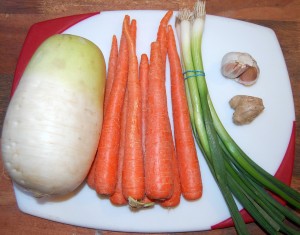
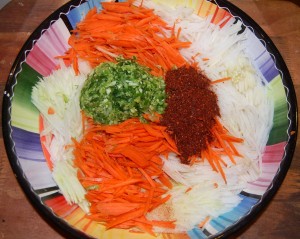
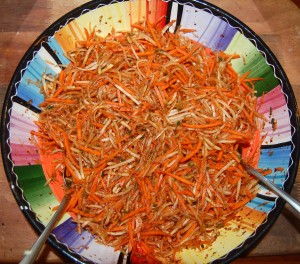
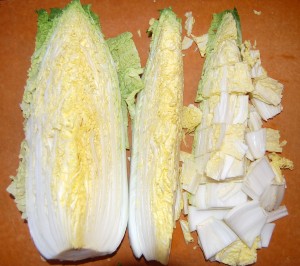
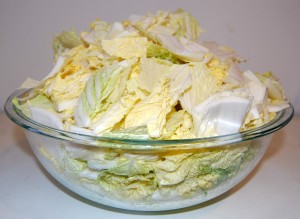
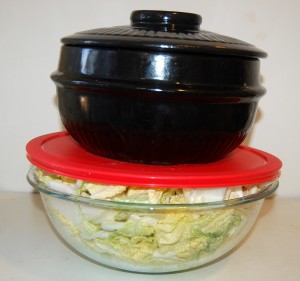
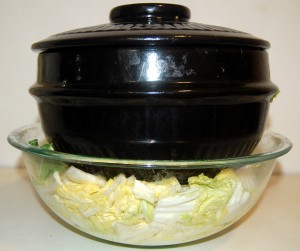
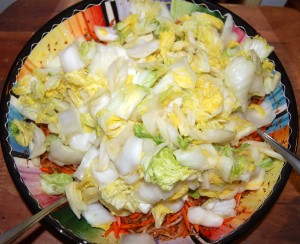
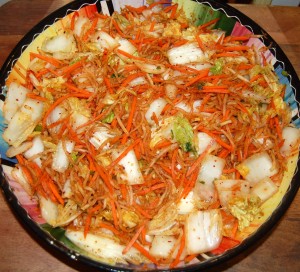
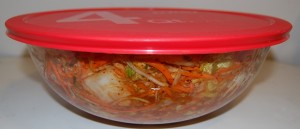
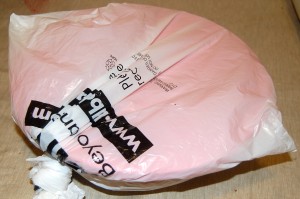
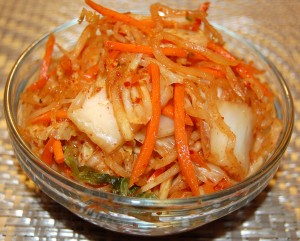


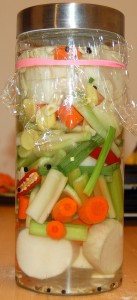
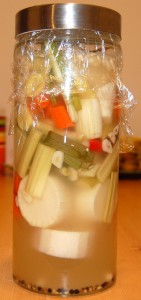
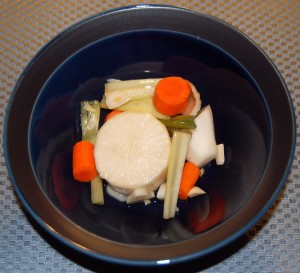
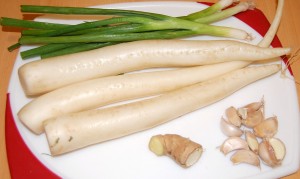
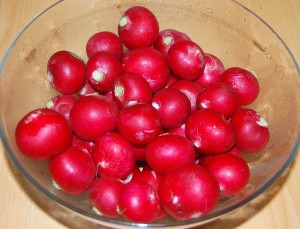
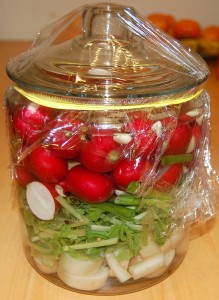
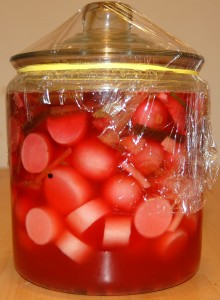
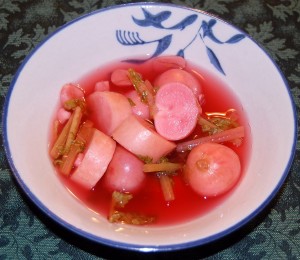
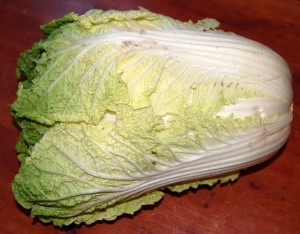
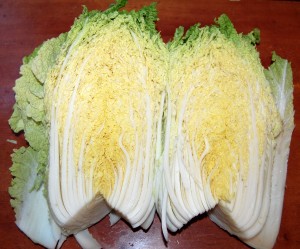
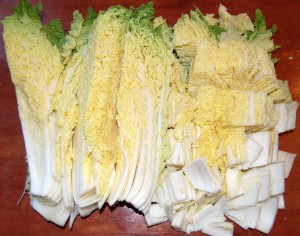
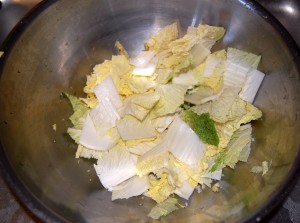
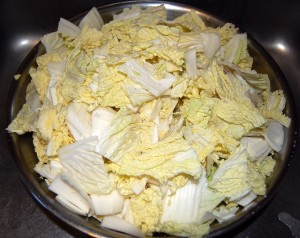
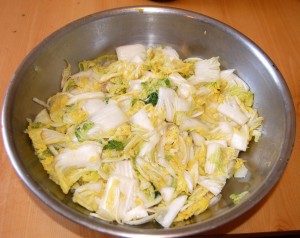
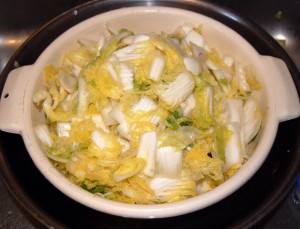
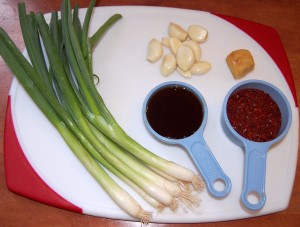
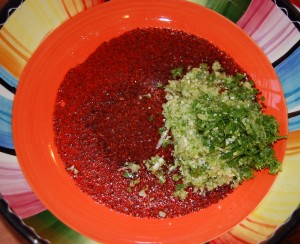
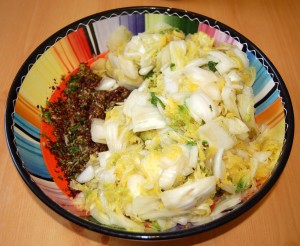
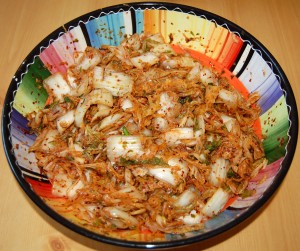
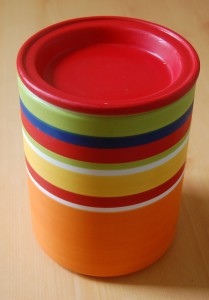
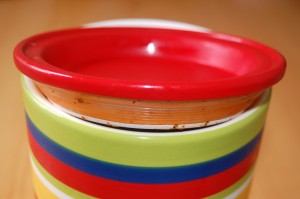
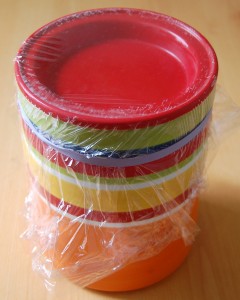
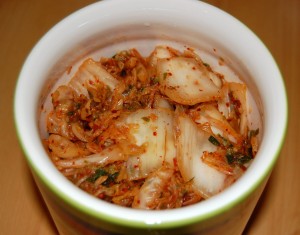
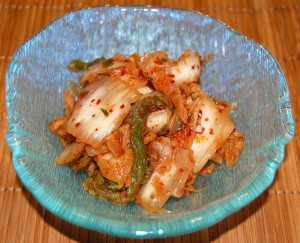
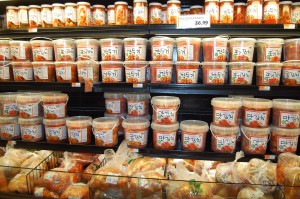
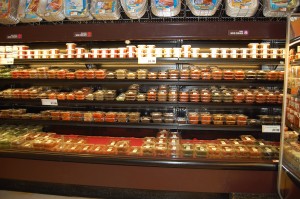
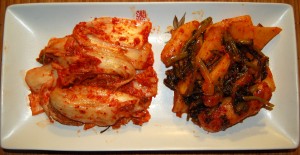
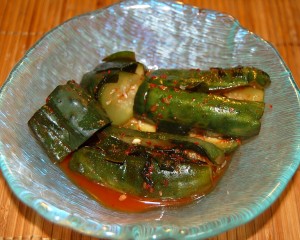
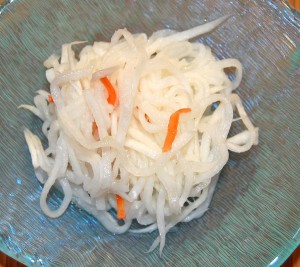
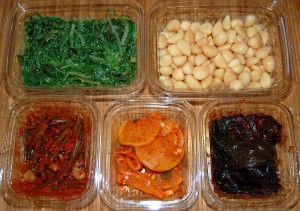




Recent Comments